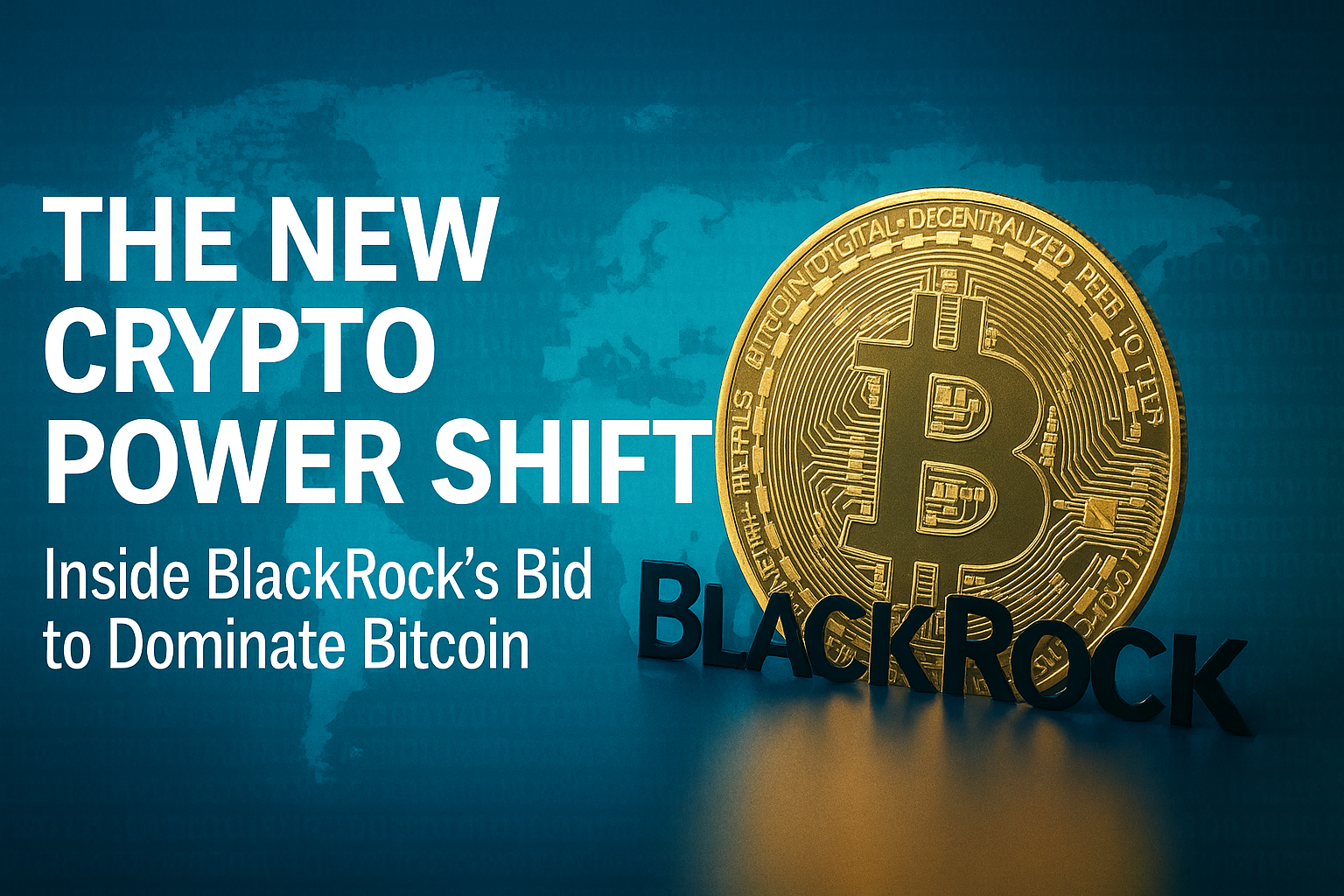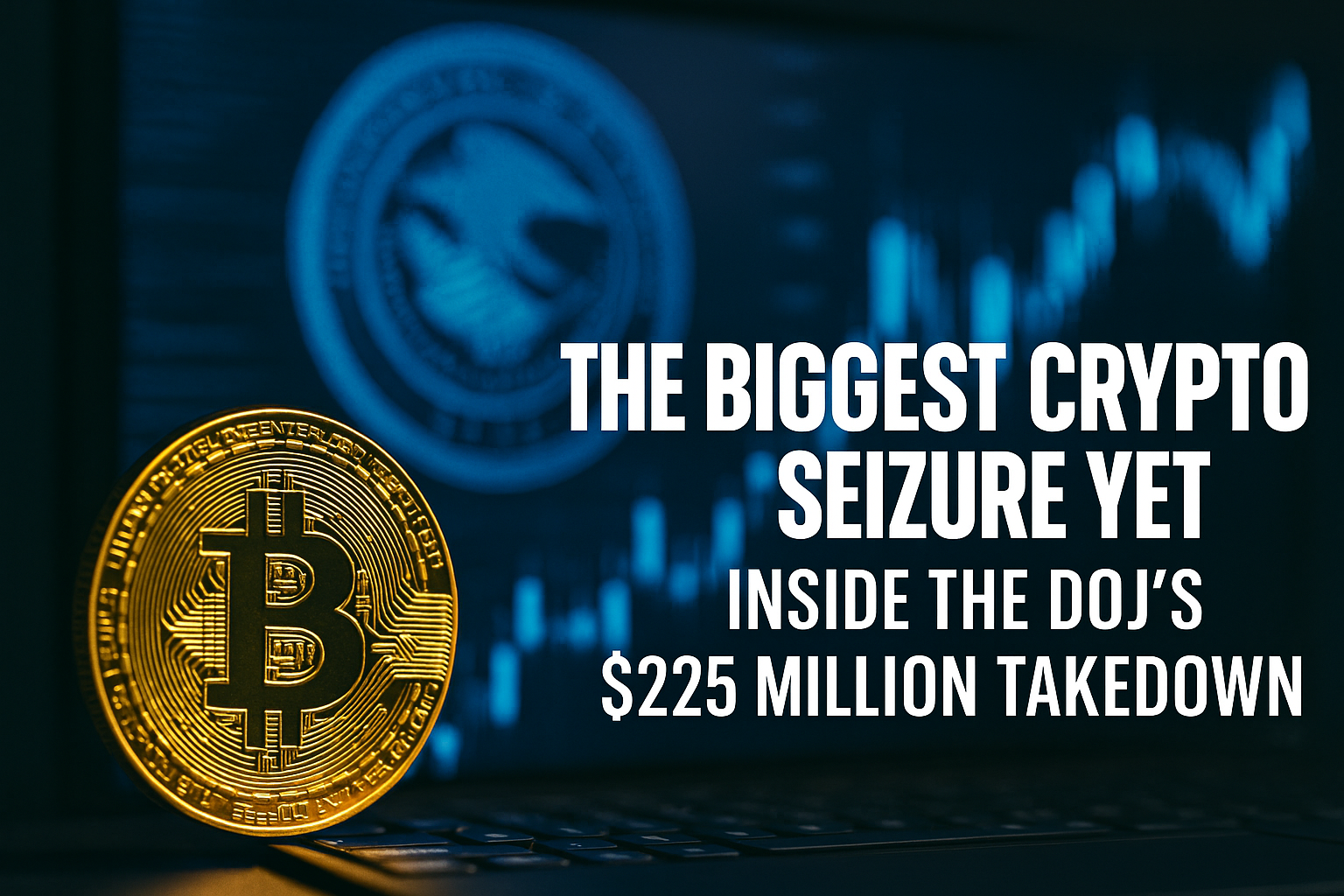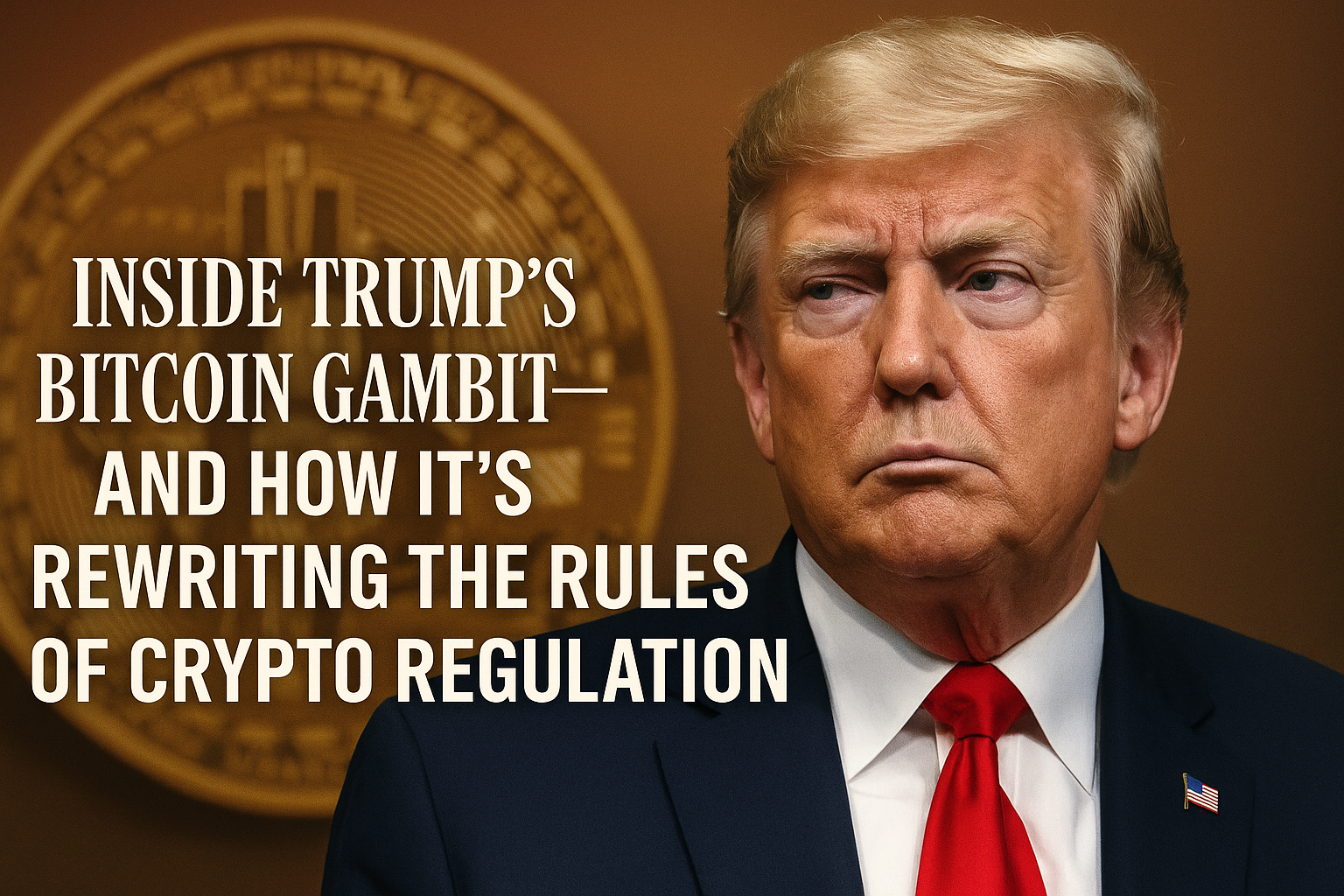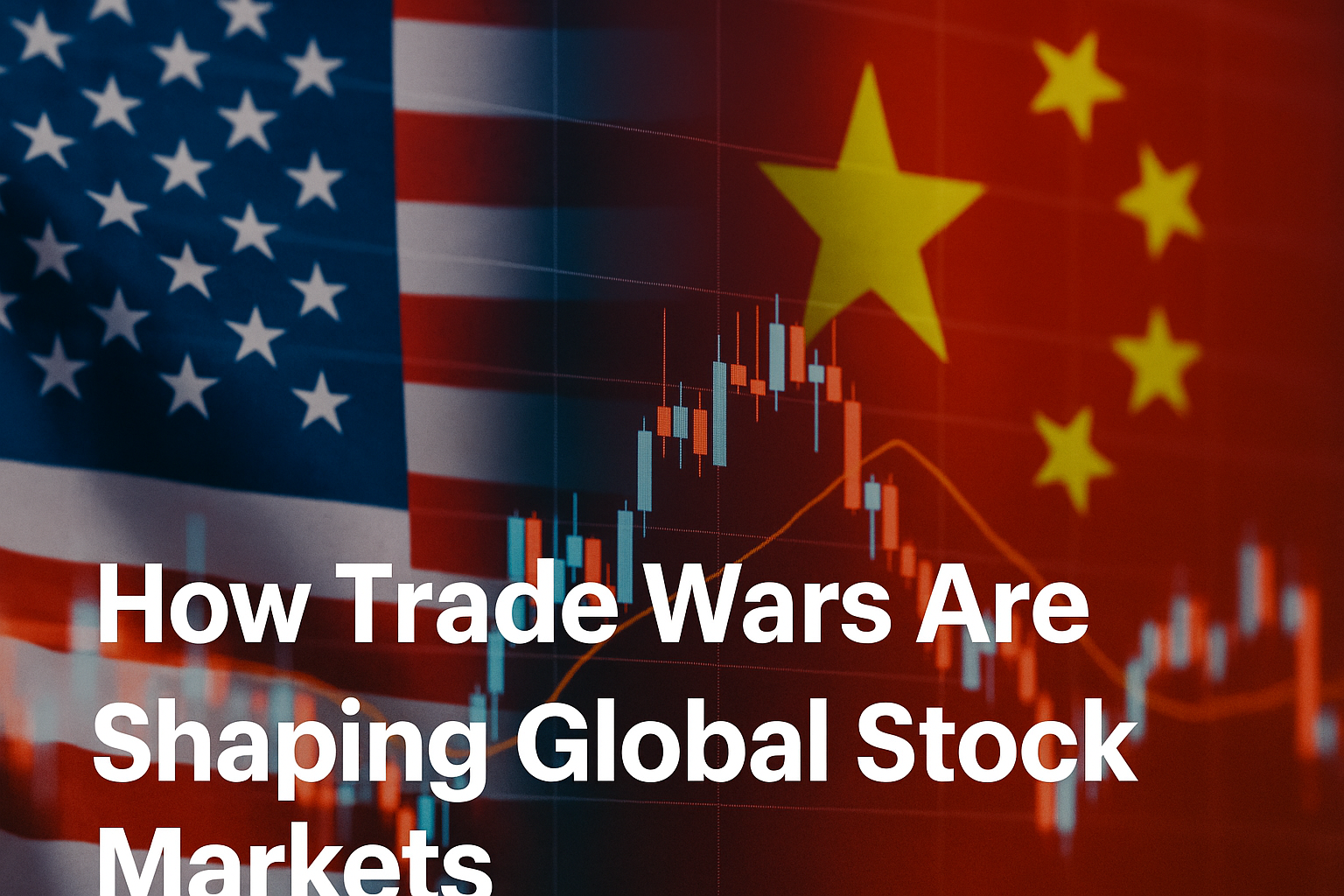The story of cryptocurrency in 2025 isn’t about fringe innovation or retail speculation anymore; it’s all about Wall Street. Bitcoin is going from being a niche tech product to a mainstay in the financial world as big banks like BlackRock, Fidelity, and JPMorgan get more involved with digital assets.
The change is not small. Big Finance is changing the rules that govern the crypto ecosystem and the way it works by putting billions of dollars into Bitcoin-backed investment products.
⸻
1. BlackRock is in charge in the US and Europe
BlackRock made news when it launched its iShares Bitcoin ETP in Europe in March. After a huge success in the U.S., where its Bitcoin ETF brought in more than $50 billion in assets under management, the company is now going global.
• The ETP is based in Switzerland and is traded on exchanges in Paris, Amsterdam, and Frankfurt.
• Coinbase is the custodian, and Bank of New York Mellon is in charge of running the fund.
This growth sends a strong message: crypto is no longer just a test; it’s a business.
⸻
2. Why Big Finance Is Putting a Lot of Money into Bitcoin
There are a few main reasons why institutions are interested in Bitcoin:
• Protecting against inflation: Bitcoin is becoming more and more like digital gold, especially when interest rates are high.
• Diversification: Pension funds and wealth managers want assets that don’t move in the same way as stocks to help with stock market fluctuations.
• Clear rules: The introduction of regulated ETFs has made it less risky for traditional companies to follow the rules.
Bitcoin now has the same risk-reward profile as stocks or commodities in emerging markets for big asset managers.
⸻
3. What it means for retail investors and the market
Institutional participation is giving the market new levels of legitimacy and liquidity. It also sets more stable price floors because institutional buying is usually long-term.
But there’s a cost:
• Volatility is going down, which can lower big short-term gains.
• Retail dominance is going away, which means that meme trends and panic selling have less of an effect on the market.
The Bitcoin market is growing up, and for many people, that’s a good thing.
⸻
4. ETFs Are Only the Start
In addition to Bitcoin ETFs, institutions are also getting into:
• Staking products for Ethereum and other proof-of-stake assets
• Tokenized funds and real-world asset (RWA) platforms
• Digital treasury strategies, in which businesses keep Bitcoin as an asset on their balance sheets (as Tesla and MicroStrategy did first)
By the end of the year, you should see more 401(k) crypto options and stablecoins issued by banks.
⸻
5. The money will have an impact on regulations.
Regulators are keeping a close eye on institutions as they invest. The SEC, EU, and global banking regulators are expected to make things clearer by:
• Getting more cautious investors to join
• Putting an end to offerings that aren’t registered or are unclear
• Encourage the market to move toward regulated, KYC-compliant platforms
To put it simply, the Wild West is over. Bitcoin is now entering a time of financial integration and compliance.
⸻
Final Thoughts: The Bitcoin Blueprint Is Changing
In 2025, Bitcoin is more than just a tool for early adopters and day traders; it’s a key part of modern institutional strategy. BlackRock and other big banks are changing the way crypto works from the inside out.
This isn’t the end of decentralization, but it is the start of a new chapter in Bitcoin’s global journey. This chapter will be defined by legitimacy, structure, and scale.







Leave a Reply